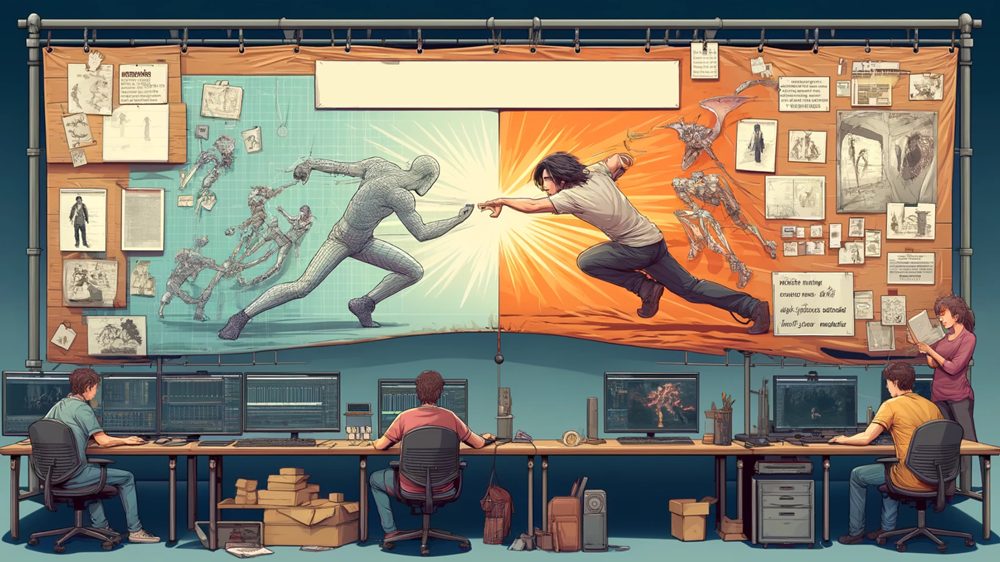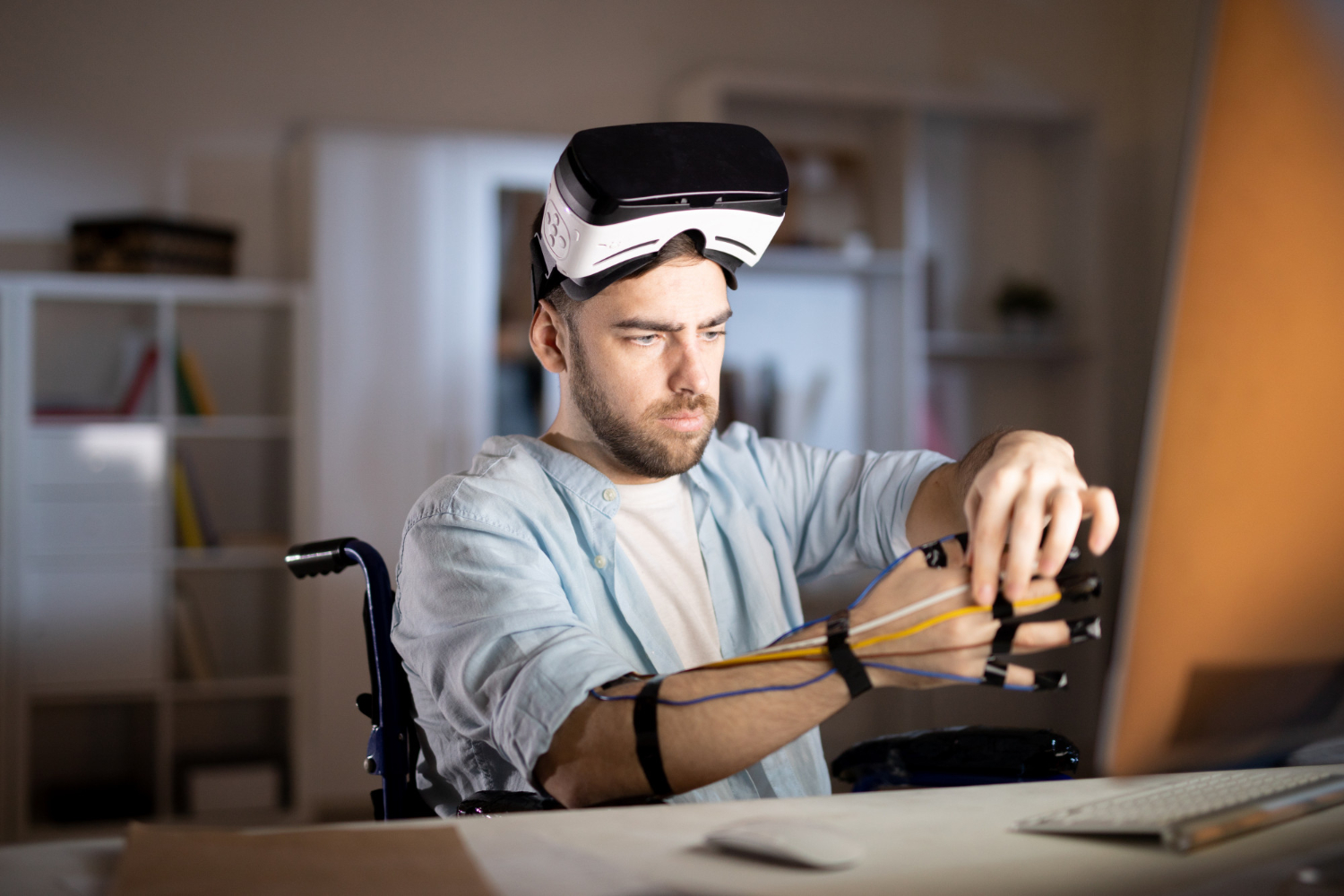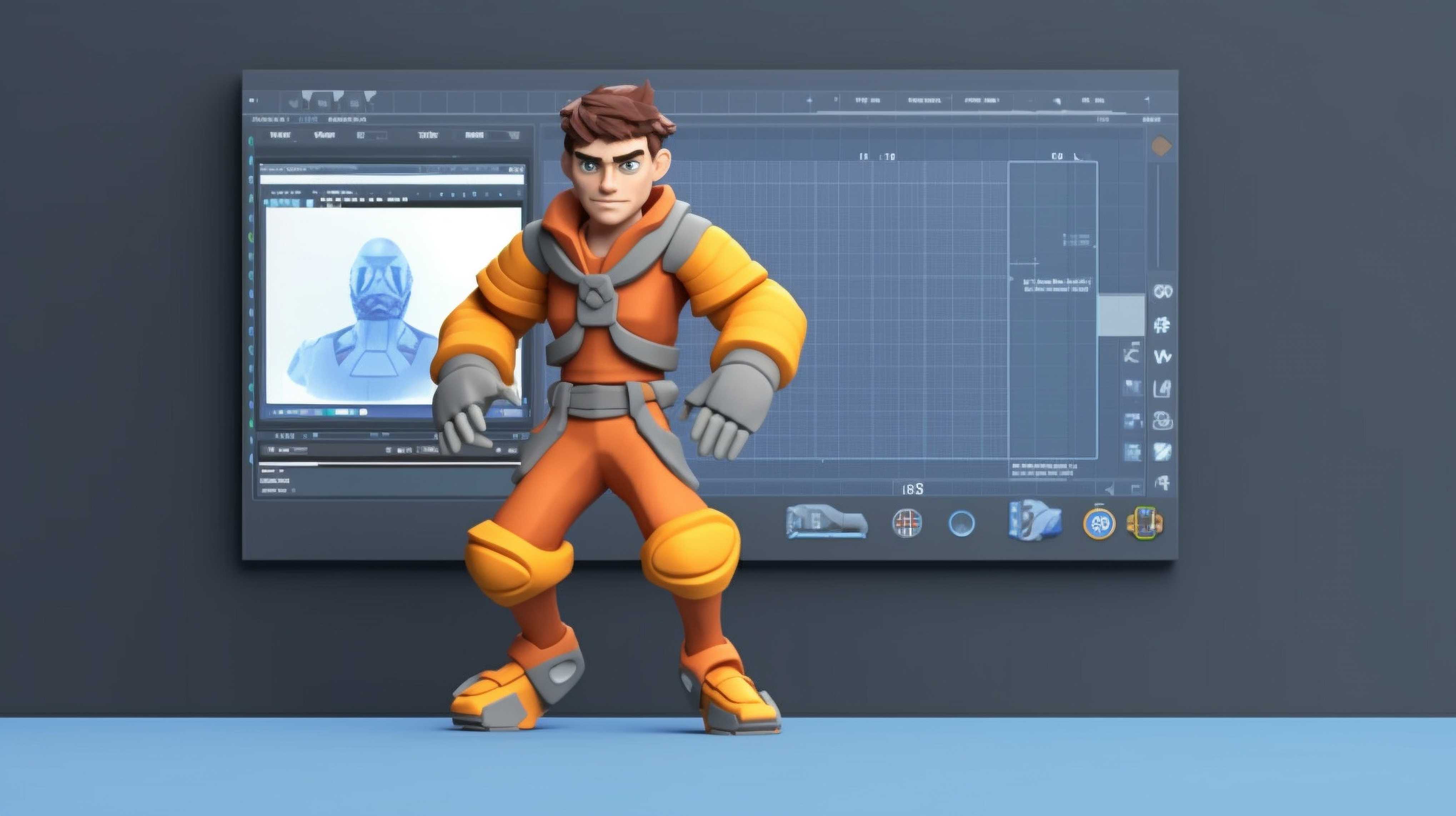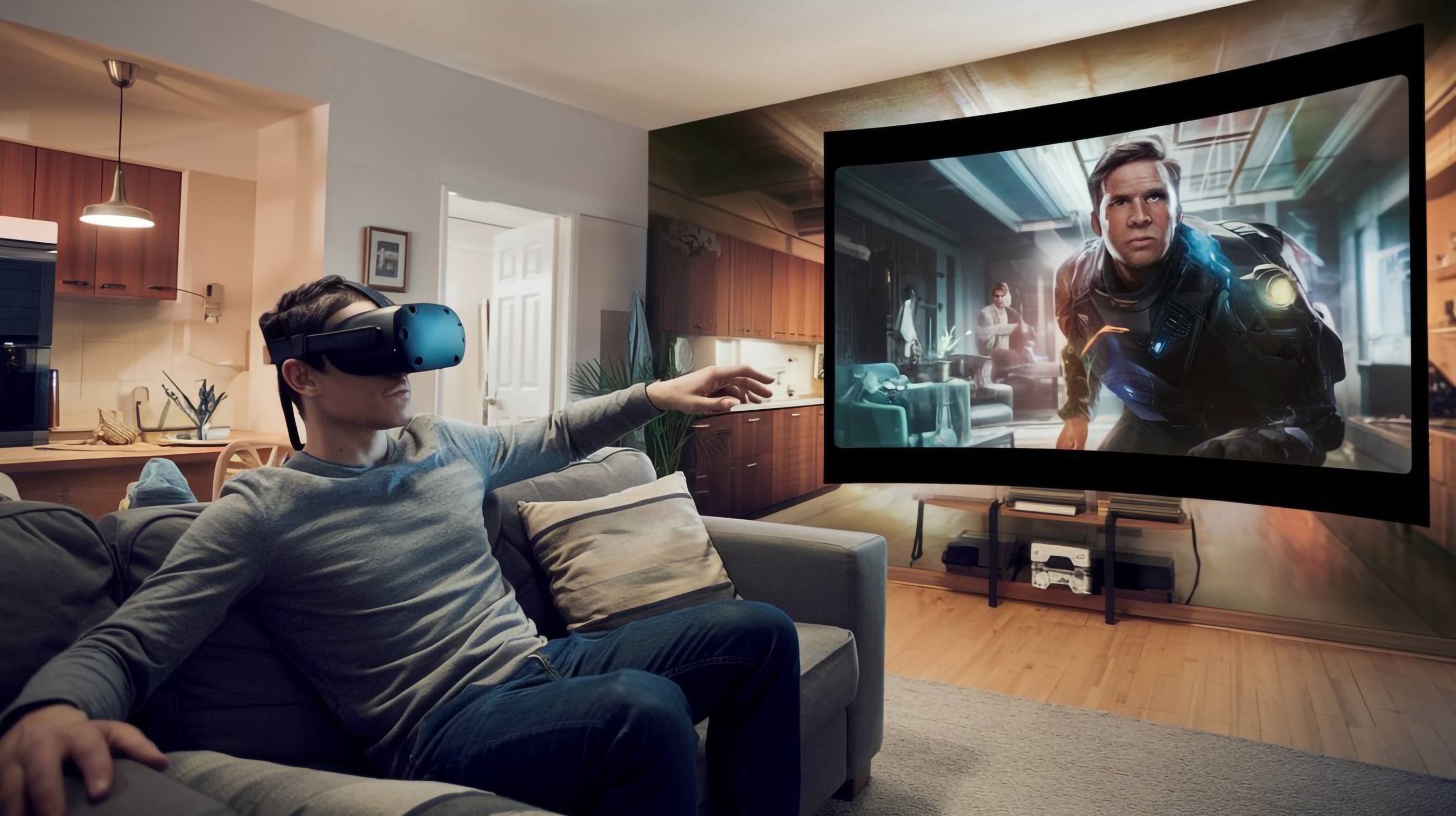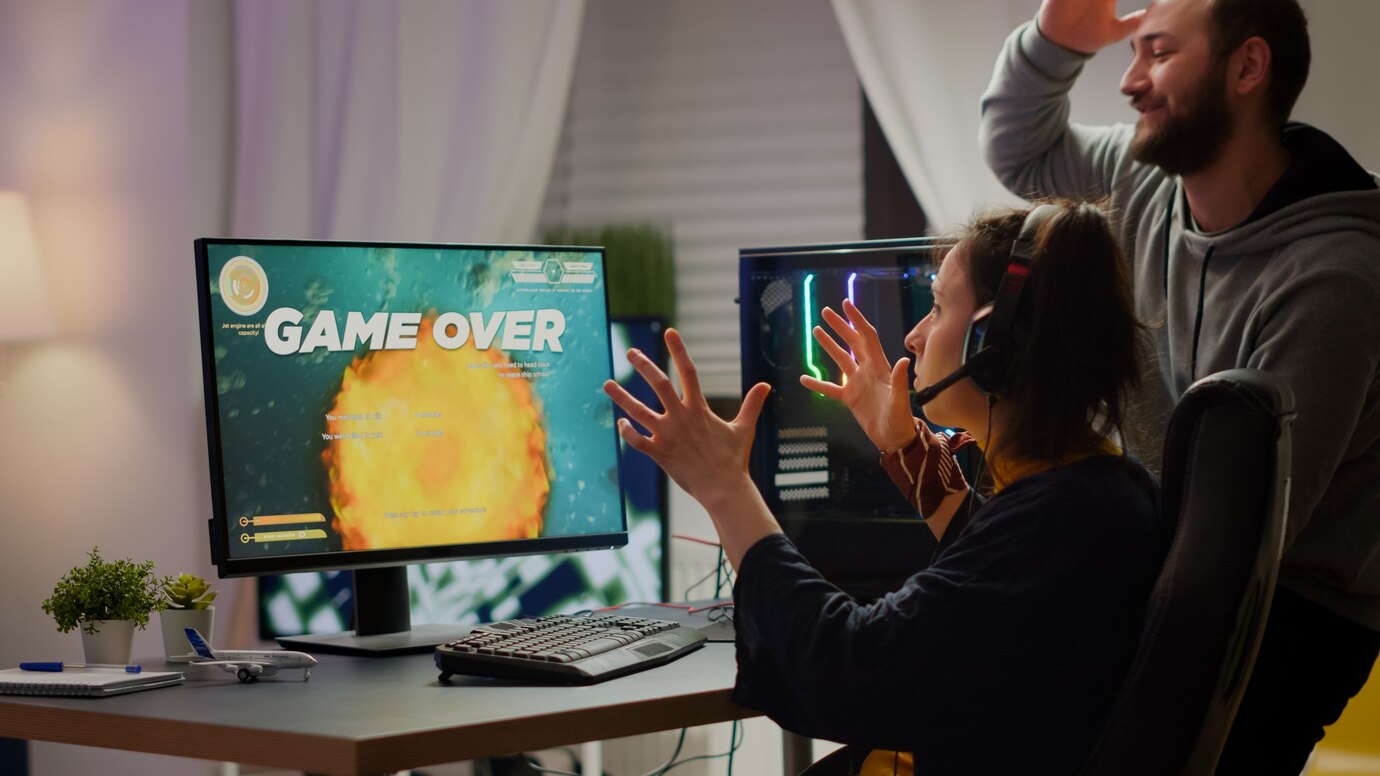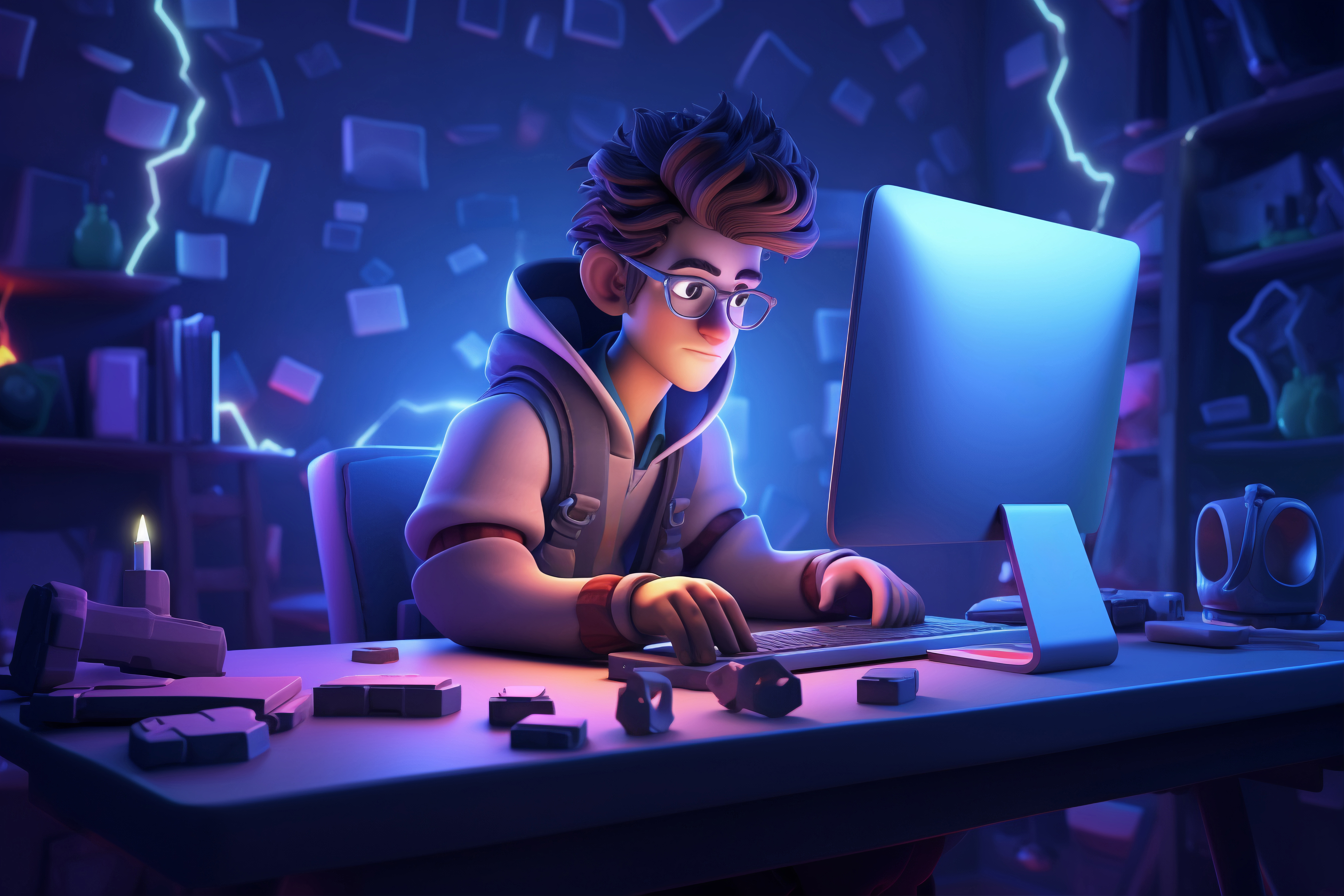Fighting games are really fun. They are just so satisfying. With each hit and each combo build-up, they scratch a primal itch within us.
To deliver on these expectations, it is on the developers to animate the fight scenes well.
But what does it take to animate fight scenes, and great ones at that? Perhaps, the knowledge of animation principles? Maybe the use of animation software like Blender or Maya?
Yes, but that’s enough.
Why all the hubbub?
The popularity of fighting games is reflected in the sales figures. Franchises like Mortal Kombat, Virtua Fighter, and Street Fighter have generated nearly $40 billion in gross revenue since the initial release.
Furthermore, the market for fighting games is set to grow at an average rate of 4.2% between 2022 and 2031. This matches the consistent presence of this genre in the gaming industry and promises long-term success for businesses looking to tap into it.
In this article, we guide you through the fighting game animation process. As you read on, we deliver insights into the fight animation process and answer some of the burning questions you might have.
Let’s dive right in!
Looking to animate intense fight scenes for your game? Discover how outsourcing can bring dynamic action to life with expert animators.
Understanding Fight Game Animation
Fight animation is more than just the exchange of blows. It’s also the intensity, impact, and choreography of the combat. Developers integrate the fluidity of real fights with interactive gaming elements.
This means various combat styles, weapon dynamics, and environmental interactions.
The aim of animation for games is to deliver authenticity and believability to the players. To do this well, principles like character movement, timing, anticipation, follow-through, and clear staging are considered.
Let's begin the process.
Planning and Pre-production
This phase requires designers, writers, and other stakeholders to work together to conceptualize, storyboard, and choreograph the fight scene animations. This gives vision to their ideas and delivers realism to the results.
Conceptualization: Animators brainstorm ideas, themes, and visual styles, by taking inspiration from martial arts films, comic books, or real-life combat sports.Storyboarding: Animators map out key moments, camera angles, and transitions by sketching out the action sequences and framing each shot.
Choreography: This aspect focuses on the design and coordination of character movements, attacks, and defenses with emphasis on character abilities, fighting styles, and environmental hazards.
Fight Animation Techniques and Principles
The most important fight animation techniques are keyframing motion capture, and procedural animation. Let’s take a look at them.
1. Keyframing:
● Manually decide on the poses and movements to occur at specific intervals.
● Complete control over all aspects of the fight animation including important aspects like character movement and minute details like facial expressions.
● Ensures fluid transitions in complex fight scenes.
2. Motion capture:
● Use real-life actors or performers.
● Captures authentic movements and converts them into digital animations.
● Captures the nuances and subtleties of human movement.
● Works well alongside keyframing or procedural animation to deliver control and realism at varying levels.
3. Procedural animation:
● Use algorithms to generate animations based on predefined rules parameters.
● Delivers responsive character behavior and complex movements in gameplay in real time.
● Works well with keyframing and motion capture.
Timing and spacing, anticipation, and follow-through are a few more essential animation principles that create convincing and visually appealing fight scenes.
4. Timing and spacing:
● Sets the pacing of the in-game movements.
● Sets the levels for speed, fluidity, and responsiveness of the fight animations.
5. Follow-through:
● To maintain smooth movement after initial action like the first attack.
● Delivers realism and immersion to the in-fight animation.
Implementing Animations For Games
The first step to implementing animation into a fighting game is to take care of technical feasibility and optimization.
In other words, animations must be optimized for performance for smooth playback and minimal impact on the game's frame rate. This may involve reducing the number of animation states, optimizing rigging and skinning, and implementing level of detail (LOD) systems to manage animation complexity.
Animation blending is needed for smooth transitions between different animation states, such as walking, running, and attacking.
State machines provide a framework for defining and managing the logic governing animation playback based on game events and player input.
Animation events and triggers are used to synchronize animations with gameplay events, such as character interactions, combat actions, and environmental effects.
Polishing and Fine-tuning
The final step ensures that the game works well with no hiccups. We need to look at visual fidelity, responsiveness, and overall polish for this.
Visual fidelity is achieved through subtle details and effects. This could be adding secondary motion to characters and objects, refining facial expressions and gestures, and incorporating particle effects and lighting.
It is necessary that the fight animation be responsive and satisfying to players. This asks for adjusting the timing, pacing, and impact of animations to enhance gameplay feel and readability.
Animators may tweak animation curves, adjust animation speeds, and refine hit reactions. The result is a fighting gameplay that’s dynamic, engaging, and responsive to player input.
Playtesting and iteration help you gather feedback from testers to improve the animations based on their input and identify and address any issues or areas for improvement.
This allows combat encounters to feel immersive and practically absorb all of the player’s attention.
Some Final Words
Since the inception of video games, fighting games have consistently remained popular. The fighting looks so, so cool. Modern games like Dragon Ball Z: Budokai Tenkaichi 3, Naruto: Ultimate Ninja Storm 4, and Mortal Kombat 11 come to mind. This is the magic of fight animation.
The developers are also receiving recognition for their work.
Picture it: December 7, 2023. The Game Awards. Capcom’s Street Fighter 6 wins Fighting Game of the Year. The crowd goes wild.
With the processes, techniques, and principles presented in this piece, you can begin creating fight games animations that hold the attention of your players, motivating continuous gameplay and increasing the game’s replay value.
This becomes easier when you have EDIIIE’s help. Wondering about the best game engines, strategy vs tactics RPG games, 2d animation studios?
You don’t have to anymore!
We deliver premium game animation services, whether you wish to animate a fight scene in 2D or 3D.
Book a consultation right away!



